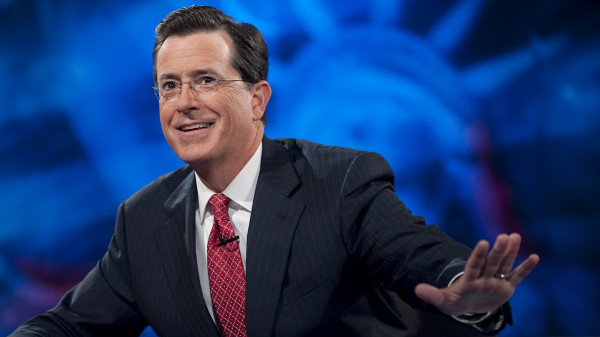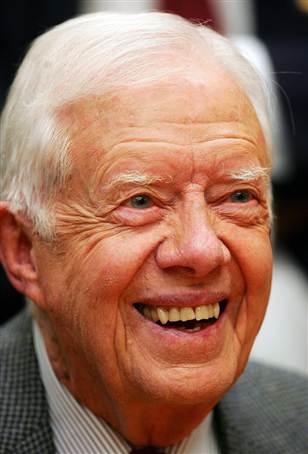
Does Your Brand Have a Voice? 4 Key Steps
Jon Stewart Photo Source: The Boston Herald
Your brand should have a voice, perspective and a point of view, or it will be lost.
It’s that simple.
Generic, bland, plain-vanilla, pointless content has become the wallpaper of media. “We’re the Best!” or “Lowest Prices!” or “Trusted. Safe. Qualified.” It’s boring and blasé. It’s not a voice, it’s content that just takes up space. No one pays attention. And the brand that produced it is ignored. Comedy Central, for instance, was lost without a voice until Jon Stewart arrived.
People paid attention to Jon Stewart because of his amazing, articulate and satiric point of view on ‘The Daily Show’. The comedic news anchor skewered politicians and celebrities (and anyone else who deserved it) relentlessly for ludicrous behavior, comments, opinions or fumbles. He had a powerful voice and his audience mushroomed. His brand grew and Comedy Central, his cable channel home, reaped enormous profits. Cha-chink. Now that he’s retired from that role, we’ll find out if his replacement Trevor Noah can do the same.
A lot of people can tell jokes. But it takes a master to create a comedy routine with powerful, timely perspective that touches a common nerve, or funny bone, among a big audience. Stewart did just that, and so does Stephen Colbert. As a comedy disciple of Stewart’s, Colbert will fill David Letterman’s chair at ‘The Late Show’ beginning September 8.

Photo Source: Forbes
No, your brand is not a talk show host. And comedy is NOT an appropriate voice for most brands. But powerful brands have powerful voices. That’s the point. Find the voice that best suits your brand and grow your content strategy around it.
How? Four steps. No, they’re not necessarily easy. Each one could involve substantive research and (sometimes uncomfortable) analysis. But the work is crucial if you expect to communicate with a powerful, effective brand voice.
First – Know Thyself. What is your brand’s most distinct, appealing quality? Has anyone ever asked? What stands out? What is it that your clients say they appreciate the most? What claim or promise can your brand make – that competitors cannot? What is the characteristic that best describes your brand’s personality? Is it confidentiality or transparency? Is it durability or finesse? Is it your global reach, or your home-town feel? Your passion or your calm demeanor? If you haven’t been through a brand definition exercise in a while, maybe now’s the time.
Second – Know Thy Customer. Equally as important as knowing your company, product or service ~ is knowing the customer you’re trying to reach. And knowing her very well. What problems is she trying to solve? What sort of solution is she seeking? What conversation can your brand develop with her? Even better, how can your brand messaging delight her… and possibly even ignite obsession? Don’t laugh, the best brands do it. We’ve all seen obsessed fans standing in line for that gotta-have concert ticket, smart phone, gourmet meal or movie.
Third – Find Thy Platform. Where are you going to place this content? Where is the customer most likely to find it? Is your brand message going to be conveyed by tweet, blog, billboard or TV infomercial? They all have a place, but where is your voice going to get the most trajectory? What platforms do your ideal clients use? Jon Stewart’s voice wouldn’t have played as well – or reached the right audience – if it were broadcast on Sunday mornings. Or if it were only an email blast or an occasional tweet.
Fourth – Tell Thy Signature Stories. Customers and prospects don’t care about your amazing statistics, but they’ll remember a powerful, emotional story all day long. Case studies are overwhelmingly more powerful when delivered in the context of an emotional STORY! What is your story with the most emotional PUNCH? Use your voice to tell it.



